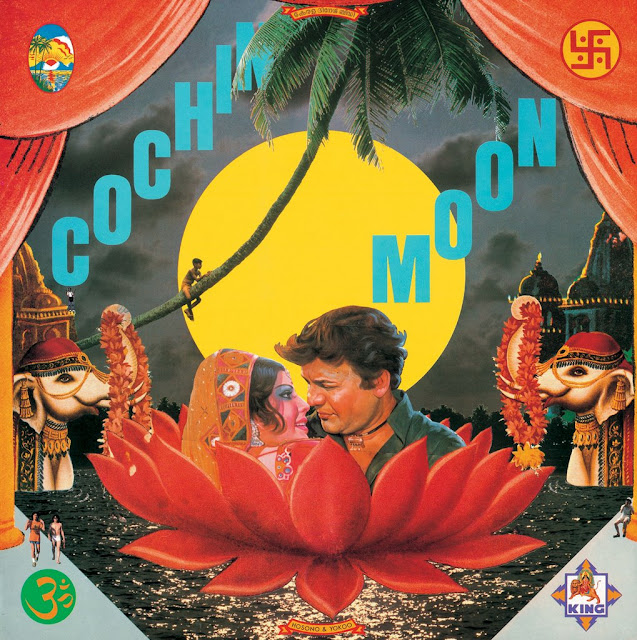
Clara Rockmore may have the coolest story of all the early electronic musicians. Born in 1911 in what is now Lithuania, at four years old she was admitted to the St. Petersburg Imperial Conservatory where she studied violin under Leopold Auer. To this day, she’s still the youngest student ever admitted to the conservatory (probably a good thing). A teenage arthritic condition left her unable to continue playing the violin, leading her to study the theremin (the first mass-produced electronic instrument, and arguably the coolest because it’s played by manipulating electrical signals in the air rather than by touching anything solid).
She was an instant theremin prodigy and went on to help Léon Theremin*, who might have been slightly obsessed with her, make a lot of changes to its design in order to realize its full potential. She insisted on a faster left hand to permit staccato, rather than having it be “all molasses, all glissando.” She also wanted a five octave range instead of three (which made it way harder to control the pitch but allowed for greater melodic possibility), increased sensitivity of the pitch antenna, and a lowered profile of the instrument. Despite touring extensively to widespread acclaim, she only finally recorded her performances at the behest of Bob Moog himself (as in “Ugh Bob made me do it lol”) in 1977. Thanks Bob! There’s a very sweet conversation between Clara, her sister, her nephew, Dr. Moog, and Dr. Thomas Ray which takes place over what appears to be a candy-tinted Tim Burton-esque dessert table that you can watch here.
*Read more about another insane thing that Léon Theremin made here.
TLDR: Nobody has ever inhabited the theremin like Rockmore. Maybe the original female electronic music virtuoso, as she was touring with her custom-made theremin in the 30s. Watch some videos of her channeling sounds out of thin air like a ghostly medium, face far away and ecstatic, and try not to cry. Otherworldly, but deeply human.
Haruomi Hosono – Cochin Moon, 1978

The soundtrack to a non-existent Bollywood movie. This was supposed to be a collaboration between Hosono and illustrator Tadanori Yokoo, but the story goes that during the trip to India that spawned the record, Yokoo had a prolonged and incapacitating bout of digestive woes and the project ended up as solo Hosono, with Yokoo illustrating a killer album cover. Interestingly, this came out the same year as YMO’s debut, but Hosono had already been making music for over a decade. Not only was he already a seasoned musician, but he had long been interested in musical subversion, in ways both flagrant and covert.
This is his first all-electronic album, and is one of his most progressive and expansive works. In 43 minutes he moves through swirling cosmic synth meditations, sputtering swamp glitch, and a krauty synth raga, and closes with a nine minute long proto-acid track, all bound up with the sounds of fountain bubbles, insect fizz, and harp swirls. A fair warning: a lot of this record, especially long stretches of the first three “Hotel Malabar” tracks, sound like meandering synth whine and bird screech, but listening through headphones is a gamechanger. This isn’t background music–give it at an attentive listen, loudly, on good speakers. It’s worth your time.
PS: I’m gonna try really hard not to turn this blog into a YMO fanblog, but it might turn into a YMO fanblog.
Deutsche Wertarbeit – Deutsche Wertarbeit, 1981

The only solo record from Dorothea Raukes, ex-singer of krautrock band Streetmark. Really tasteful and meditative synth textures, and melodies that feel oddly familiar even on first-listen. “Auf Engelsflügeln” is a narrative high point; “Der Grosse Atem” is a shimmering cosmic closer. Definitely an on-repeat record.